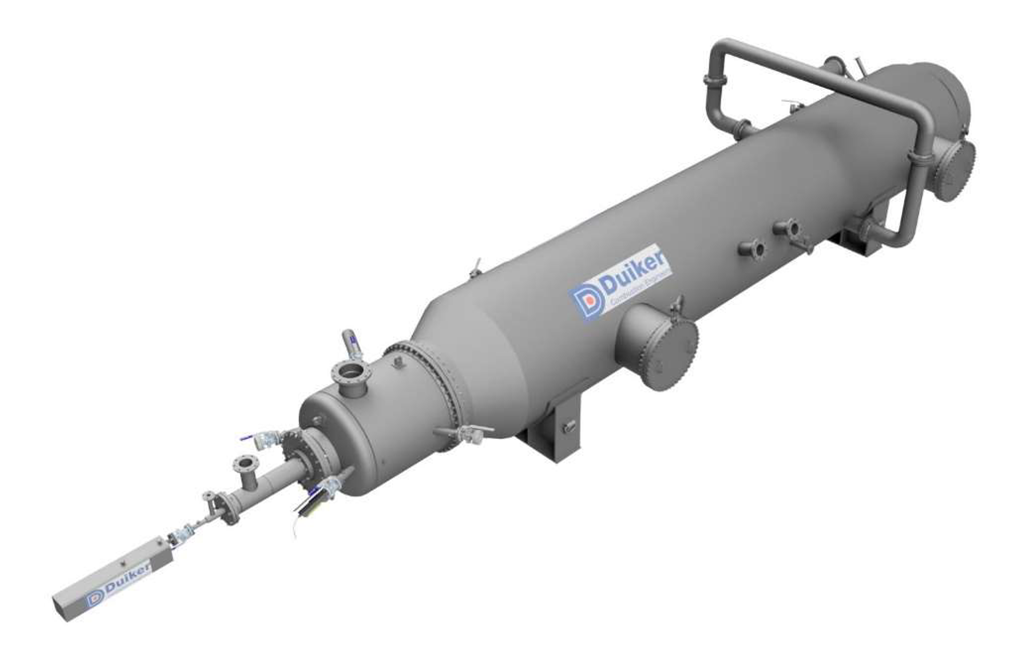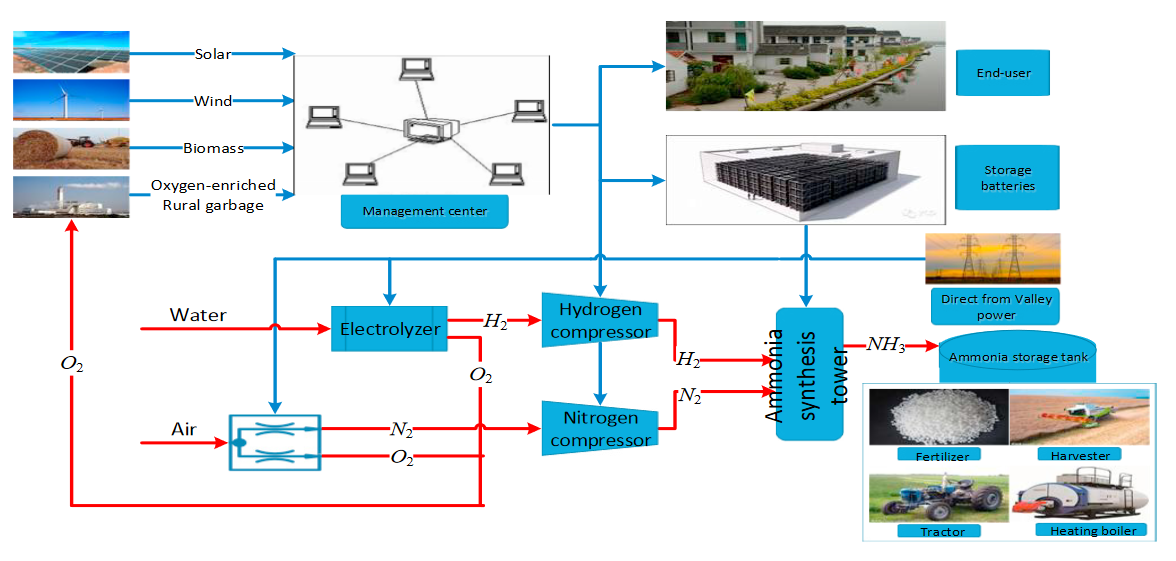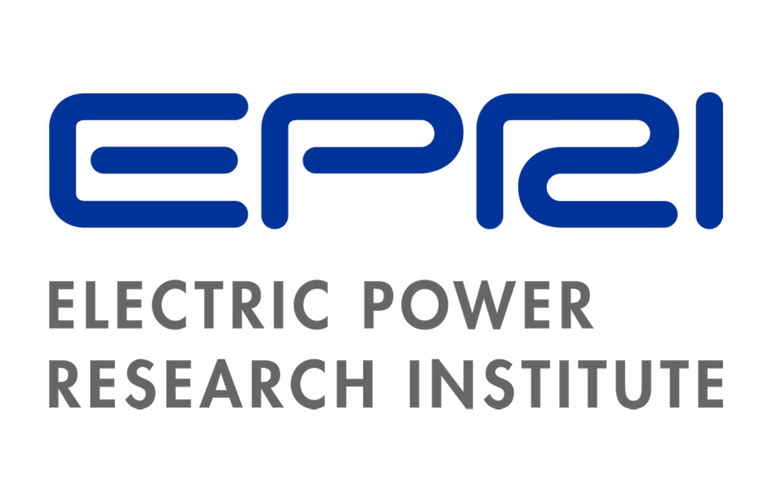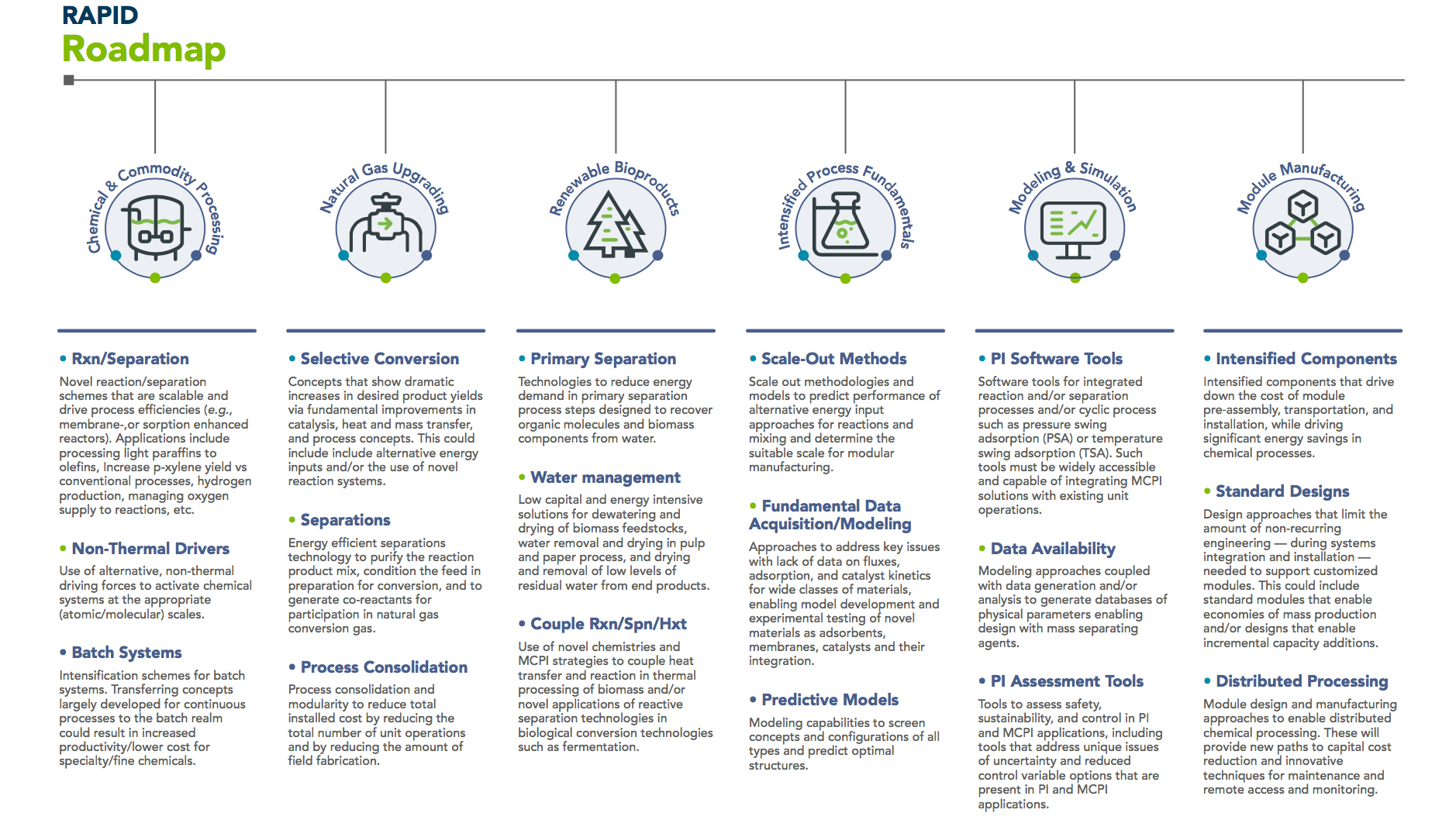Call for Abstracts: Ammonia Energy Conference 2019 submission deadline
ANNOUNCEMENT: Call for Abstracts closes next week - Deadline April 12! Our 16th annual Ammonia Energy Conference is tentatively scheduled to take place on November 13-14, 2019, as part of the AIChE Annual Meeting in Orlando, Florida. If you wish to make a presentation, please submit your abstract via the AIChE website, making sure to select the Topical Conference: Ammonia Energy.









